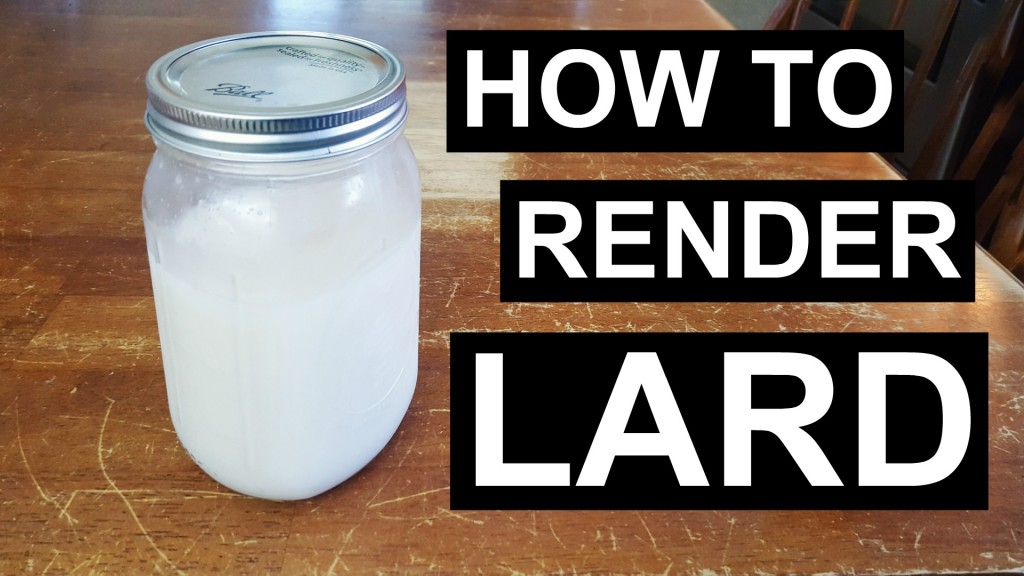Oatmeal is one of the healthiest breakfast options around due to it's whole grain status and fiber content. However, this nutrition superstar can quickly loose its sparkle when its loaded up with lots of sugar (even the brown variety) and tons of butter, or, even worse, processed to cook in a few minutes and flavored with chemicals. Delicious.
Many people shy away from steel cut oats because of the long cooking time (30-40 minutes), but I have a solution to this problem that might surprise you: a slow-cooker. Suddenly, a dish that many consider to be a hassle becomes a set-it-and-forget-it convenience food that leaves your house smelling amazing when you wake up in the morning.

Autumn Harvest Slow-Cooker Oatmeal

makes 4-6 servings
Ingredients
1 cup steel cut oats
4 small cooking pears (or apples if you prefer), about 1.5 pounds, chopped
1 cup fresh cranberries
1/4 cup raisins
3, 1-inch pieces of cinnamon sticks

1/4 teaspoon ground nutmeg
1/8 teaspoon of ground ginger
1/8 teaspoon of ground cloves
4 cups water
Directions
1. Add all ingredients to slow-cooker and mix to distribute spices. The oats tend to sink while the cranberries float, but that's ok.
2. Cover and cook on low for 8-10 hours, depending on how thick you like your oatmeal. I usually do closer to the 10 hours.
3. Remove cinnamon sticks and serve straight from the slow cooker for an easy family breakfast. Add toppings if you like. Ground cinnamon, chopped pecans or walnuts, hulled pumpkin seeds, dried fruit, and a drizzle of honey or maple syrup are all great options. A little butter is ok too. Just choose organic butter from grass fed cows and don't overdo it. One small pat can go a long way.
4. Refrigerate leftovers to enjoy later. Since I'm cooking for one, these can last me a week. Oatmeal can gel a bit in the fridge so, when reheating, add a little warm water. This and a some mixing should return your oatmeal to the proper consistency.
What other healthy, whole foods do you shy away from because of the time commitment?
 Lard gets a bad rap, but it's a great cooking fat when you get it from pastured pigs. You just have to learn how to render it. The good news is, the rendering process isn't complicated or difficult to do. Here's some background on lard and a tutorial to render it yourself.
Lard gets a bad rap, but it's a great cooking fat when you get it from pastured pigs. You just have to learn how to render it. The good news is, the rendering process isn't complicated or difficult to do. Here's some background on lard and a tutorial to render it yourself.





